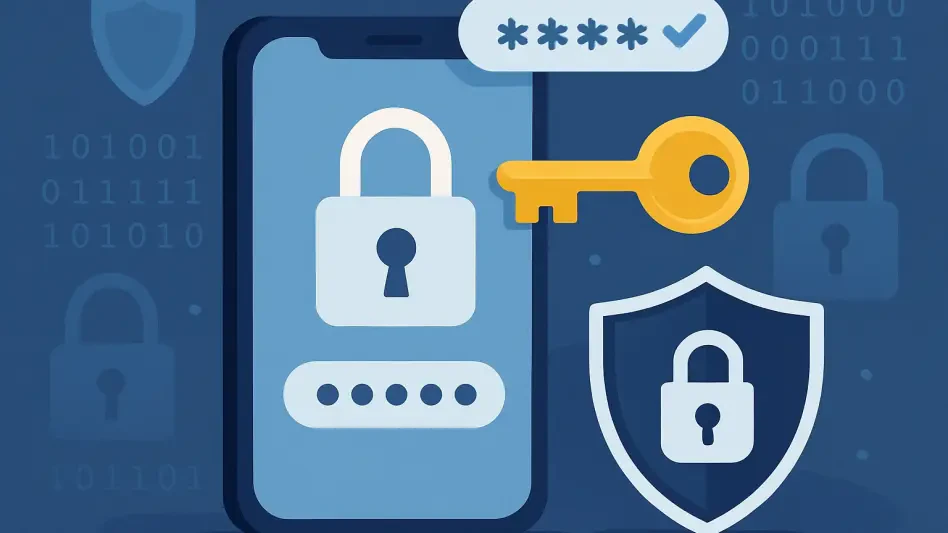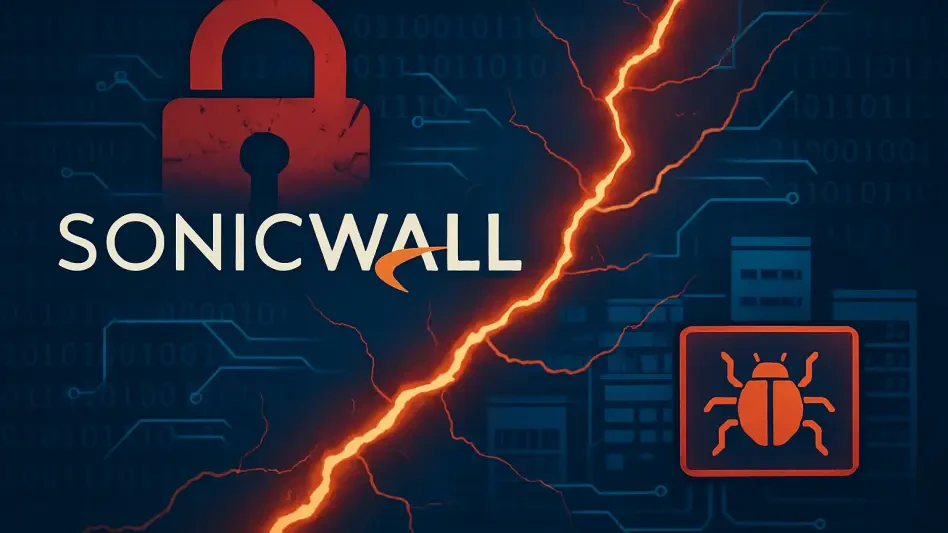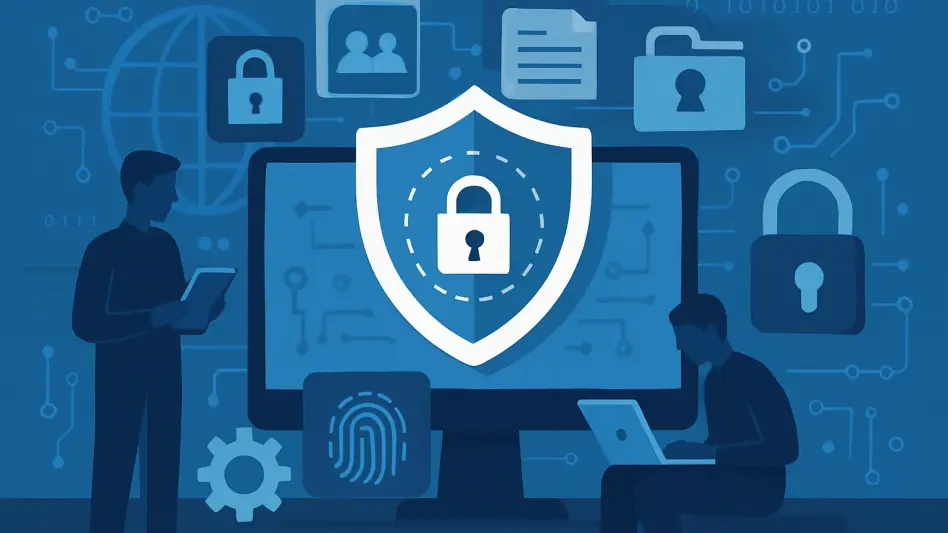In the modern financial landscape, stolen staff credentials from major banking institutions continue to reveal alarming vulnerabilities, pushing the boundaries of cybersecurity challenges faced by the sector. The recent breaches reported within Australia’s Big Four banks have uncovered a critical weakness in the security architecture, as compromised credentials open doors to unprecedented risks. The interplay between compromised credentials and infostealer malware emerges as a pivotal concern, prompting questions about the robustness of current security measures. This exploration scrutinizes the profound risks associated with compromised staff credentials and sheds light on the silent yet pervasive threat posed by infostealer malware.
The Threat of Compromised Staff Credentials
Impact on Bank Integrity
The integrity of a bank’s system is fundamentally compromised when the credentials of its staff are stolen; even a single login breach can serve as a gateway for hackers to infiltrate sensitive systems. When malicious actors gain access to internal systems through stolen credentials, the repercussions can include not only ransomware installation but also extensive theft of customer data. This scenario highlights the severe implications that banks face, underscoring the vital importance of vigilant staff credential management. Such vulnerabilities in security frameworks can trigger a cascade of devastating consequences, eroding both the financial institution’s operational stability and its clients’ trust.
The risk associated with compromised credentials is further exacerbated by the potential for hackers to exploit them, often undetected, pushing banks to continually reassess and revamp their security protocols. With advancements in technology and the increasing sophistication of cyber threats, the need to protect staff credentials becomes more pronounced. Experts like Hudson Rock analyst Leonid Rozenberg point out that access through these credentials could lead not just to data breaches but also to harmful software integrations, such as ransomware, doubling the gravity of even a single security lapse. Such threats necessitate a vigilant security posture and proactive measures to safeguard the integrity of both corporate and consumer data.
Challenges in Detecting Infostealers
Infostealer malware represents a clandestine threat, often lying dormant on employee devices, undetected and unaddressed. This type of malware operates silently to gather sensitive information, such as login details and financial data, which can then be traded on the dark web. The difficulty in detecting these infostealers punctuates the broader cybersecurity challenge, highlighting the need for enhanced monitoring and response strategies. The stealthy nature of infostealers challenges conventional detection methods, as they can operate without leaving visible traces, compounding the complexity of security efforts within banking institutions.
Hudson Rock’s findings bring attention to the persistence of infostealer malware, which has been identified on multiple occasions without immediate detection. The malware’s ability to siphon valuable data surreptitiously presents significant risks for data privacy and financial security. As infostealers indiscriminately collect data, high-value information can remain hidden for extended periods, only to surface in illicit marketplaces with grave implications for affected individuals and institutions. Thus, the discourse around infostealers stresses the necessity for sophisticated device exposure analysis, ensuring that banks remain vigilant and equipped to tackle the challenges posed by these elusive cybersecurity threats.
Vulnerabilities Beyond Direct Access
Risks from Third-party Affiliations
Apart from direct access-related vulnerabilities, credentials compromised among third-party businesses servicing banks pose substantial risks. Hackers may leverage third-party access to infiltrate bank systems indirectly, exposing sensitive internal communication channels. When third-party vendors are targeted, it becomes imperative to extend the security umbrella beyond the confines of the bank itself, addressing external associations that play integral roles in operational frameworks. This extended security focus ensures that banks account for potential indirect threats, securing not only their internal environment but the interconnected networks beyond their immediate perimeter.
The scope of vulnerability expands significantly with the involvement of third-party entities that service banks, as attackers may exploit the access these vendors have to internal systems and communications. Sensitive platforms such as Salesforce or Slack can become conduits for unauthorized data extraction, intensifying the escalation of security challenges. Thus, banks must consider a holistic approach that harmonizes vigilance within the organization and extends it to safeguard indirect affiliations. The evolving complexity of cyber threats necessitates a strategic emphasis on cross-system protection, ensuring that no access point is overlooked in crafting comprehensive security solutions.
Distribution of Infostealer Malware
The Australian Signals Directorate provides crucial insights into the broad distribution avenues of infostealer malware, shining a light on the pervasive channels through which it reaches unsuspecting systems. Methods such as phishing attacks, malicious downloads, and infected pirated software emerge as primary conduits for the dissemination of this malware. Consequently, awareness training becomes a vital component of any cybersecurity strategy, empowering individuals to recognize and resist these threats effectively. The need for user education underscores the consensus that at the heart of many security vulnerabilities lies human factors—individuals positioned as the first line of defense against sophisticated cyber threats.
As infostealers infiltrate devices across varied vectors, banking institutions must prioritize knowledge dissemination among staff to fortify the human element within security protocols. Leaders like Jamieson O’Reilly from Dvuln emphasize that even those entities managing considerable digital assets remain susceptible to infostealers, often through seemingly harmless personal devices. The threat illustrates how stolen authentication tokens can circumvent conventional security practices, necessitating a renewed focus on comprehensive user engagement and training initiatives. By strengthening individual awareness, banks can ensure a robust defensive posture, equipping their personnel with the necessary skills to confront and mitigate the growing threats posed by the widespread distribution of infostealer malware.
Banks’ Response to Security Breaches
Commitment to Security Measures
In response to rising cybersecurity concerns, banks have reaffirmed their commitment to robust security measures, focusing on maintaining a proactive stance against potential threats. Regular credential updates accompanied by diligent monitoring efforts on both open and dark web platforms reflect the sector’s evolving strategies to prevent unauthorized access. The continuous evolution of security controls demonstrates banks’ dedication to preserving system integrity, illustrating their resolve to adapt to changing threat landscapes. Figures like NAB’s Chief Security Officer Sandro Bucchianeri emphasize these practices, highlighting banks’ ongoing vigilance in their threat management endeavors.
This proactive approach to cybersecurity involves implementing stringent access controls to fortify systems against incursions. Banks like Westpac and ANZ reiterate their commitments to employing diverse industry practices, technologies, and processes aimed at preventing unauthorized access to their networks. Such statements reinforce an industry-standard response to breaches—a unified commitment to establishing robust security measures that preemptively address emerging threats. While some institutions like CommBank remain reticent about their specific responses, the broader banking sector showcases its unwavering dedication to safeguarding against cyber threats, reflecting a collective effort to fortify defenses in an increasingly digital domain.
Collaborative and Strategic Responses
In today’s financial sphere, the issue of stolen employee credentials from leading banking institutions continues to expose alarming vulnerabilities, challenging cybersecurity norms within the sector. Recent security breaches reported among Australia’s Big Four banks have laid bare a significant flaw in their security protocols, where compromised credentials unlock a wide range of unprecedented risks. The complex relationship between breached credentials and infostealer malware is becoming a chief concern, raising essential questions about the effectiveness of existing security measures. This insight delves into the serious dangers linked to compromised staff credentials, highlighting the quiet yet widespread threat posed by infostealer malware. As financial institutions grapple with these issues, there’s a growing need to strengthen security frameworks, enhance detection capabilities, and develop robust countermeasures to safeguard against these evolving threats, protecting sensitive data from potentially devastating exposure.








